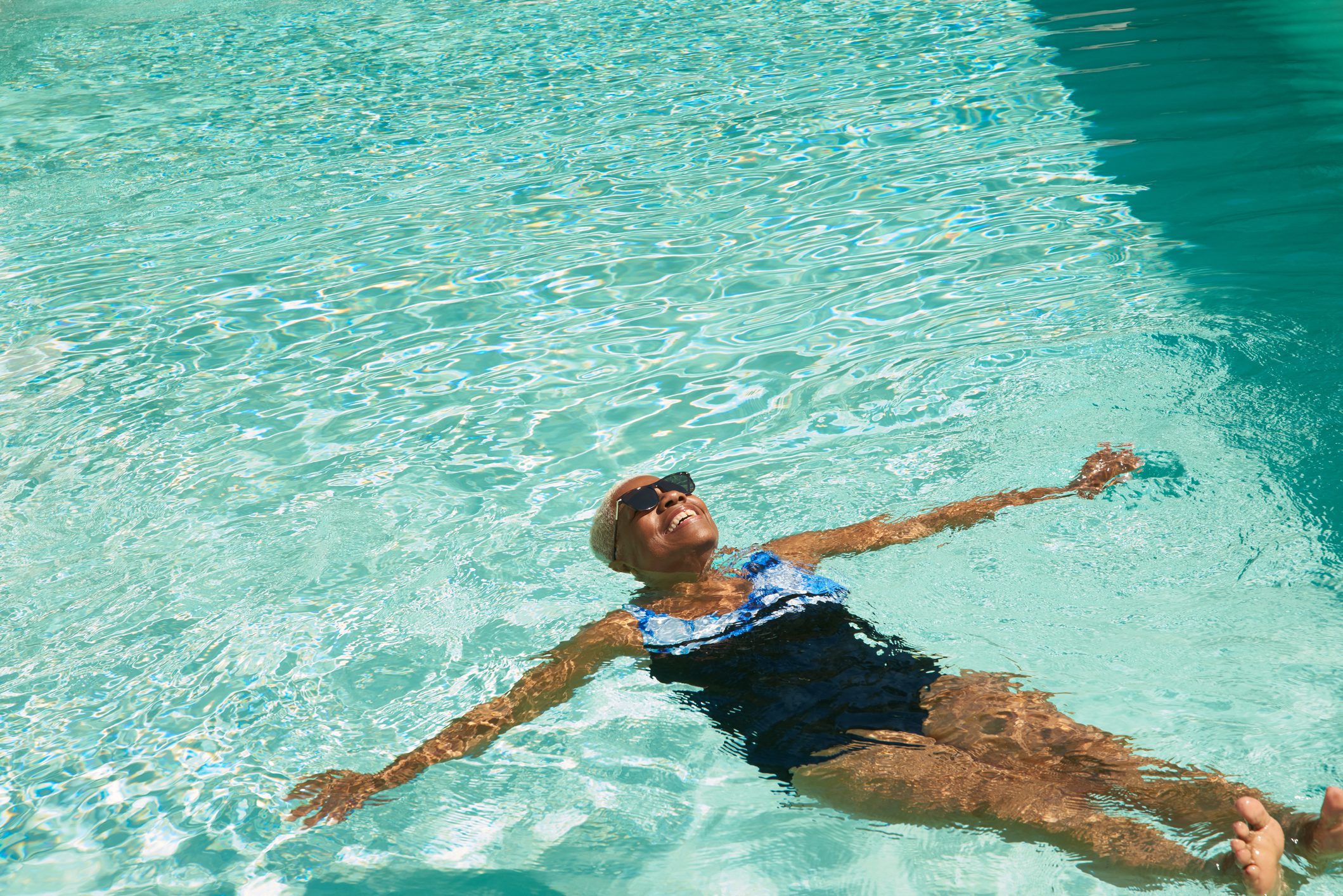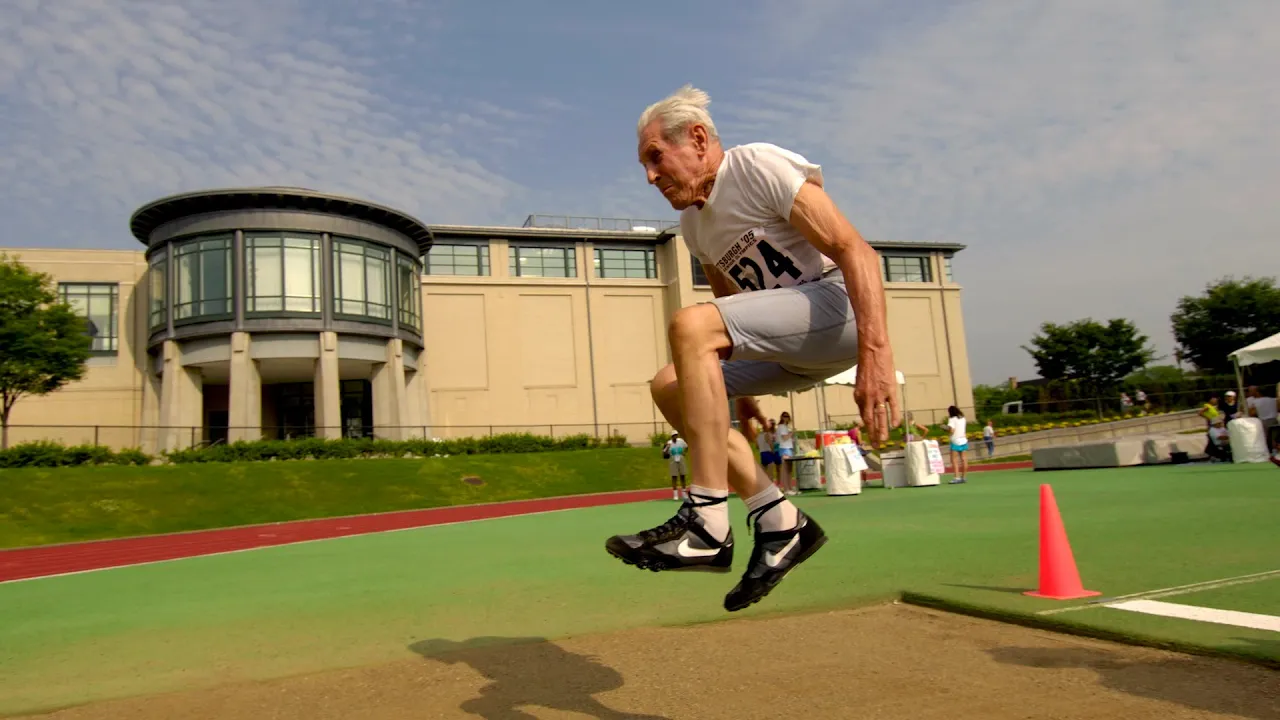Summer is the perfect time to have fun in the sun. But in Florida, the intense sun, combined with high humidity, can quickly turn outdoor activities into dangerous heat illnesses. Staying safe in the hot sun is possible and heat stress is preventable.
According to the Centers for Disease Control and Prevention, extreme heat sends more than 65,000 Americans to the emergency room each year. One of the groups at greatest risk is adults 65 years old and older. As people age, their bodies don’t adjust as quickly to sudden temperature changes as when they were younger. Also, older adults are more prone to having chronic medical conditions and taking prescription medications, which can impact the body’s ability to control temperature.
Sweating is how the body regulates itself. When a person gets too hot, (above 98.6 F), the brain sends a signal to the muscles and organs to start lowering the body’s temperature back to the normal 98.6 F. Heat from the body is =is released, as perspiration leaves through the skin’s pores. Once the sweat hits the air, it begins to evaporate. That is what begins the cooling process.
Sometimes, though, sweating isn’t enough. When the humidity is high, sweat won’t evaporate as quickly — or at all. And that prevents the body from cooling.
There are several types of heat illnesses, ranging from relatively minor, such as heat rash, to life-threatening conditions, such as heat exhaustion and heat stroke.
Heat-related illness
- Heat rash – Skin irritation caused by excessive sweating in hot, humid weather. It looks like a red cluster of pimples or blisters and usually diminishes in a cool, dry environment.
- Heat cramps – Muscle pains or spasms that occur during strenuous physical activity in a hot environment. They often subside within one hour by replenishing fluids and stopping the activity.
- Heat exhaustion – A milder form of heat-related illness that usually develops after several days of exposure to high temperatures and a lack of fluids. It can progress to heat stroke without proper cooling, rest and hydration.
- Heat stroke – The most serious heat-related illness that occurs when the body cannot cool itself down. A temperature of 106 degrees can happen in 10-15 minutes causing permanent disability, or even death, if left untreated.
Preventing heat illness
Following these simple steps can keep you safe in the summer sun:
- Dress light – Lightweight, light-colored, loose-fitting clothing allows your body to breathe and stay cool. A vented, wide-brimmed hat or loose cotton bandana are better than a tight baseball cap.
- Stay hydrated – Drinking lots of water, (and less alcohol), and eating foods with high water content, such as watermelon, tomatoes, cucumbers, blueberries and raspberries, can help keep your body hydrated.
- Limit exertions – Don’t exercise during the hottest part of the day. Shorten the intensity and duration of physical activity. Take frequent breaks.
- Stay informed – Know the forecast for the day and plan accordingly. Schedule around the hottest times of the day.
Excessive heat can be dangerous
Extreme heat is responsible for more weather-related deaths in the United States than any other weather hazard. According to the National Oceanic and Atmospheric Association (NOAA), an average of 138 deaths occurred from excessive heat between 1990 to 2019.
The average number of deaths from other weather-related events is much lower:
Flooding (88) ,Tornadoes (65) ,Hurricanes or tropical storms (45), Lightning (41)














